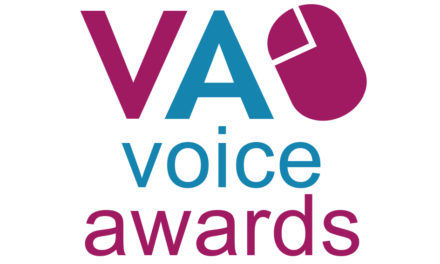12 Ways to Crack the Code to Better Mental Health at Work
As Mental Health Awareness Week approaches (13th – 19th May), it is a good reminder for leaders to take time to evaluate if they are doing everything they can to better mental health in their workplace, especially as we are surrounded by an increasing number of triggers and stressors every day.
Being busy, working long hours and being in demand even when we are supposed to be having downtime is no longer a badge of honour. According to NICE there are 13.7 million working days lost annually in the UK as a result of work-related stress, anxiety and depression costing approximately £28.3 billion. 91% of adults in the Burnout Report 2024 reported experiencing high or extreme levels of pressure or stress at some point in the past year and one in four said they felt unable to manage stress and pressure in their lives. One in five working adults (20%) need to take time off work due to poor mental health caused by pressure or stress in the past year. Worryingly it is thought that 36% of workers believe that their organisations have done nothing to help stave off employee burnout.
So how can leaders crack the code to better mental health at work?
- Assess what’s in your ‘too difficult’ tray and start there. Look at what you’re not attending to that actually needs to be dealt with. Get back to what is the DNA of the business, the people. This may involve dealing with burnout, a culture associated with over-pressuring employees, poor leadership, a lack of inclusivity, or a toxic environment at work.
- Agree on achievable goals and targets. People want to be surrounded by those who want them to succeed, not set them up to fail. Is the current workload sustainable or do your employees feel threatened and exhausted by improbable expectations?
- Change from reactive to proactive when it comes to looking after your people. Avoid tickbox, tokenistic attempts at mental health protocols. Understand you have a duty of care. Prioritise mental and physical health. Encourage employees to look after themselves and their families by making reasonable adjustments and showing genuine flexibility. Totaljobs.com for example report that two-fifths of working mothers have turned down a promotion due to childcare pressures and only a third (31%) of working mothers have access to the flexible working arrangements that they need.
- Know your people, what’s going on and what’s missing. What are your rates of absenteeism and presenteeism? Create and maintain real connections by regularly walking around the office and chatting with colleagues. Are your employees happy and smiling around the office or do they look drained and is the atmosphere tense? If you are in a hybrid situation, ensure that when people are in the office, they spend time interacting and collaborating rather than sending emails which they could be doing at home. Good leadership means guiding employees and helping to enable them to develop and achieve.
- Language is important. Don’t lose sight of the weight and consequences of language and its capacity to build up and tear down in equal measure. Speaking appropriately and being considered before you talk can reduce conflict and hurt. Don’t try shaping opinions to match yours.
- Don’t let toxicity grow. In their Toxic Work Environment Report of 2022, Career Plug revealed that 72% of respondents have left a job because of a toxic workplace. Call things out bravely in the moment and take positive action. Talk about the ‘elephants in the room’. Look for poor behaviour and actively address it. Don’t let the problem become systemic.
- Be present and listen. Stop what you are doing when someone is talking to you, look at them and bring your full self to the interaction. Often when we are in trouble, we don’t want a solution, we just want someone to hear what we are thinking and feeling. Simply lending an ear can provide the necessary support, so that person can feel empowered to tap into their own resources and find solutions whilst alleviating feelings of isolation.
- Healthy boundary setting – As part of the work culture work/life balance must be prioritised. Holidays and weekends should be uninterrupted and working excessive hours should not be part of the culture no matter what your salary.
- Empower your team. Know what they need to thrive and don’t hyper micro-manage. Allow employees a routine that works for them. Upskill them so they feel they are always learning and growing to avoid feeling stagnant. Let them know you trust them and equally they can trust you.
- Recognise the signs. When employees are dealing with personal and sensitive issues, they may be attending work mentally unfit. Look for signs of withdrawal, emotional distancing, loss of productivity and absenteeism. Deal with lack of inclusivity head on. Offer collaborations to those you may suspect are suffering from loneliness.
- Talk about mental health issues. Whilst talking about and dealing with mental health issues has come on leaps and bounds we are not there yet. Offer training and talks about mental health on an annual basis. Check your and your organisation’s unconscious biases towards any kind of illness which isn’t clearly visible regularly.
- Deal with issues with kindness. Ensure privacy and offer flexibility in timing and location when talking with someone who is suffering. Understand that discussing mental health can be challenging. Be reassuring, calm and patient and remember that just because you cannot identify with the other’s experience, that does not invalidate their experience. Foster open dialogue as part of work culture and designate mental health advocates trained to listen and guide colleagues toward support resources. If you believe an employee is at risk, gently encourage them to get further help.
Author/Source:
Thom Dennis, CEO Serenity in Leadership







